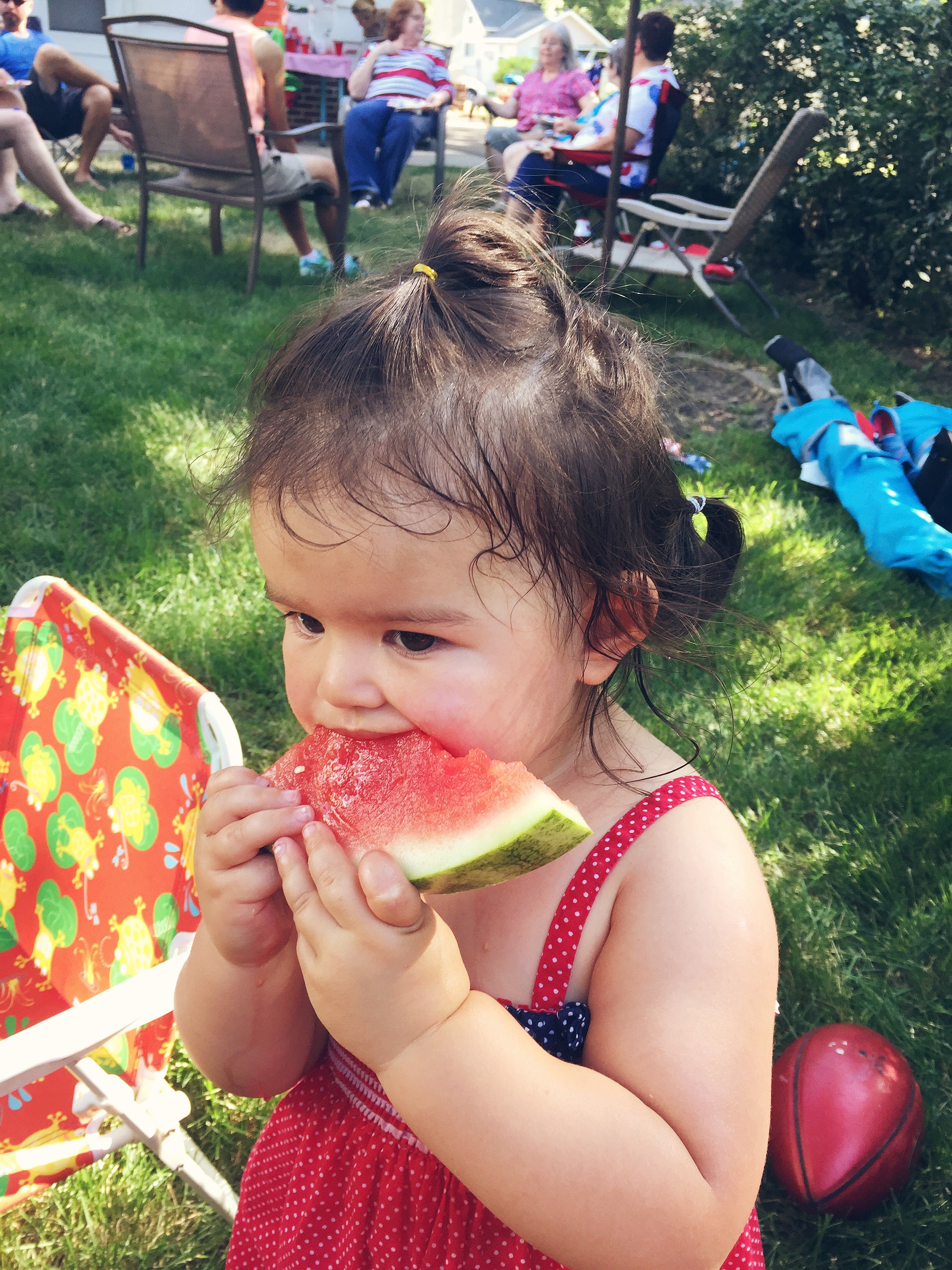Although it may seem daunting at first to raise your child to know Mandarin Chinese outside of Asia, with focus and energy you too can do it.
Here’s how we switched our daughter’s dominant language into Mandarin Chinese in rural America.
 Chinese became the dominate language around the age of two.
Chinese became the dominate language around the age of two.
When we moved back to The States after living in Taiwan for three years, we decided to switch from speaking English at home to Chinese.
Our daughter was ten months old at that time and not speaking much yet, which is typical for babies at that stage in life.
We moved to a small rural town in Minnesota where there were only a handful of Chinese speakers, none of them were in our immediate social circle.
After the initial awkward stage of switching over to communicating with her in Chinese (I’m more comfortable in English even though I am fairly fluent in Mandarin Chinese), it slowly became a normal part of our lives.
What really helped us in this process was having my mom stay with us for three months.
This was the summer right before our daughter turned two. During that time, she taught my daughter many traditional Chinese songs that my daughter fell in love with (click here to access my spotify playlist of our favorite traditional Chinese nursery rhymes).
How To Teach Toddlers Chinese
The key to language learning is consistency and quality input of the target language.
What that looks like for a toddler boils down to:
- Speaking as much as you can consistently. Start building verbal routines where you describe the daily routines in Mandarin (washing hands, putting on clothes, going to the bathroom etc).
- Create an immersion environment at home so there’s a dedicated space that encourages the language. Play Mandarin Chinese nursery rhymes, have Chinese children’s books available, put up learning posters in Chinese around the house, label objects your child often uses etc.
- Connect with local Mandarin speaking community or families who are also raising their kids bilingual so you can start meeting others who speak the language/have similar goals. This could be a Mandarin playgroup, dual immersion school, local Chinese holiday celebrations etc.
Raising bilingual kids can sound like a daunting task.
But as with anything, when you educate yourself on the topic, take baby steps, be consistent in speaking and learning the language, it’s actually more doable than you think.
More Goodies
For some more good reads, check out the following posts:
Tired of trying to teach your kids Mandarin Chinese on your own?
Imagine your child becoming self-motivated, happy Mandarin Chinese learners.
Imagine feeling confident, knowing what you are doing truly works!
Imagine having a community of like-minded parents, an experienced and supportive coach to help you and your kids thrive in learning Chinese.
Learn more about Sunshine Bilingual Village, my membership to help parents in monolingual contexts raise happy, self-motivated Chinese learners!















One Response